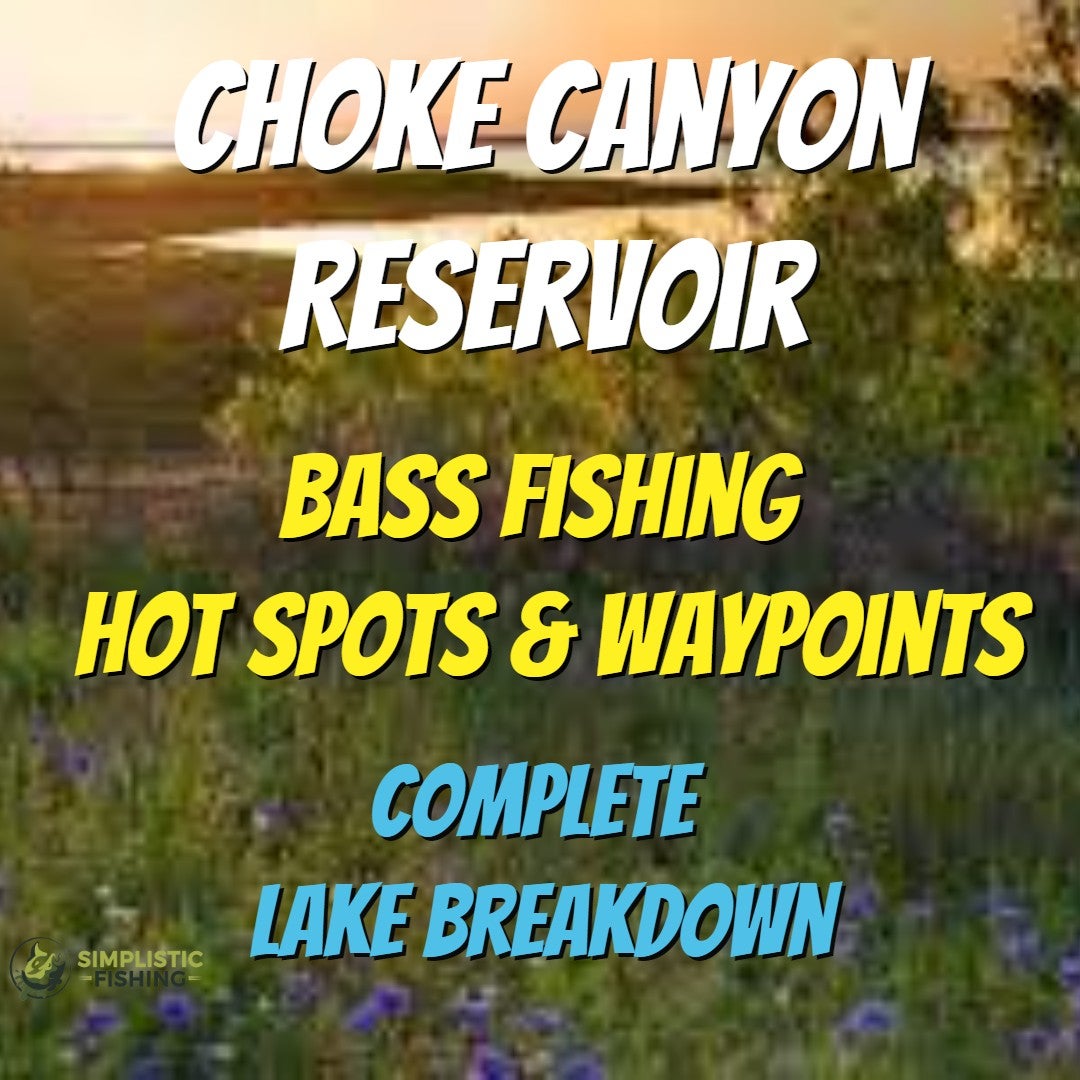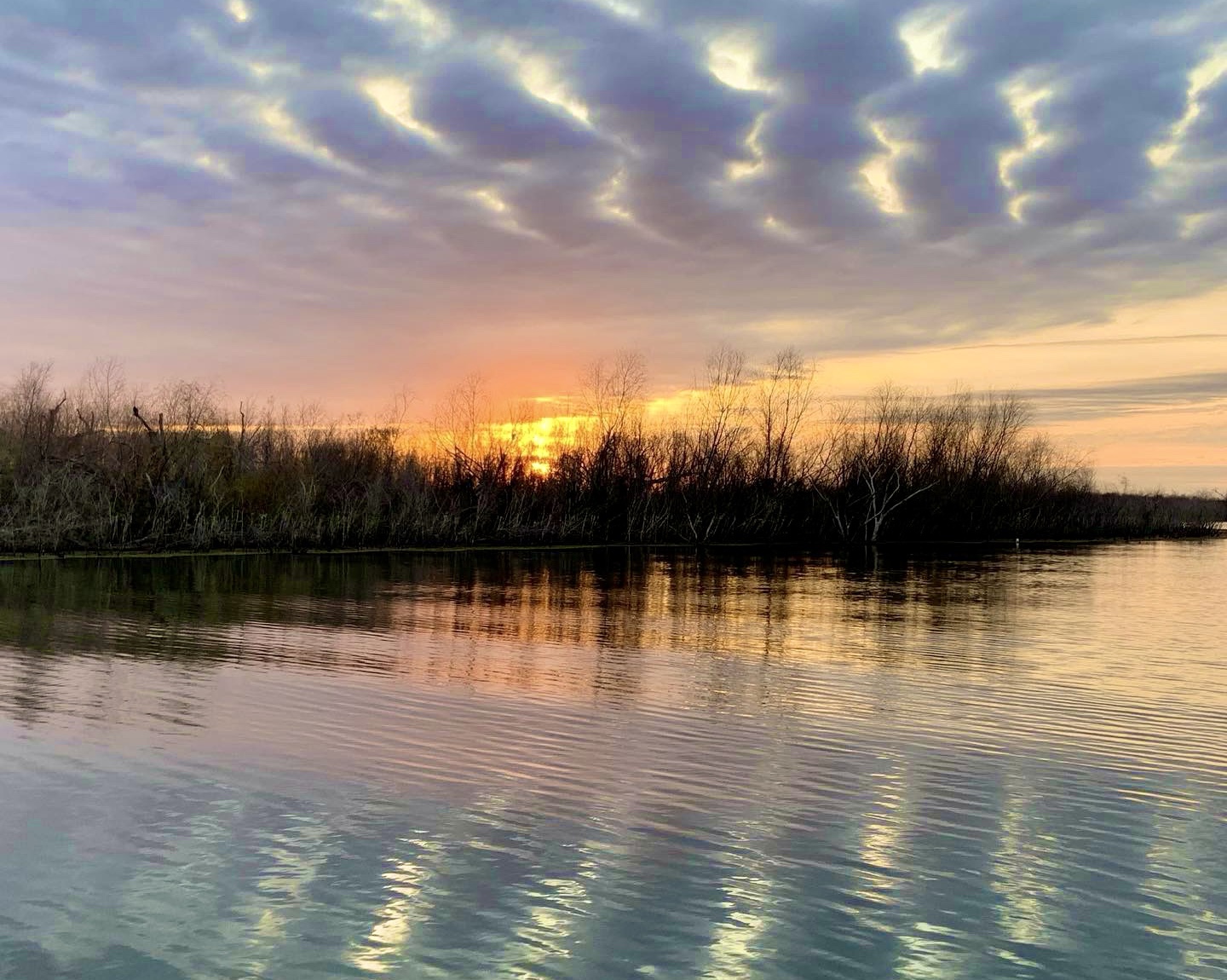Choke Canyon Reservoir fishing report is a hot topic for anglers in Texas. Whether you're a seasoned fishing enthusiast or a beginner, this reservoir offers unparalleled opportunities to catch various species of fish. Nestled in South Texas, the reservoir is renowned for its diverse aquatic life and picturesque scenery. In this guide, we'll explore everything you need to know about fishing at Choke Canyon Reservoir.
Choke Canyon Reservoir is not just any fishing spot; it's a paradise for those who love spending time outdoors. The reservoir's vast waters and diverse ecosystems make it an ideal location for anglers looking to land trophy-sized fish. Whether you're targeting bass, catfish, or crappie, this guide will provide you with all the information you need to plan your fishing trip.
As you delve deeper into this article, you'll discover detailed fishing reports, tips, and tricks from seasoned anglers. We'll also explore the best times to fish, the most effective bait and tackle, and the rules and regulations you need to follow. Let's dive into the world of Choke Canyon Reservoir fishing and uncover what makes it a top destination for anglers.
Read also:Maplestar Yuji Nobara The Rising Star In The World Of Entertainment
Table of Contents
- History of Choke Canyon Reservoir
- Choke Canyon Reservoir Fishing Report
- Key Fish Species
- Best Times to Fish
- Fishing Equipment Recommendations
- Fishing Regulations and Licensing
- Pro Tips for Successful Fishing
- Best Fishing Spots
- Weather Conditions and Impact on Fishing
- Safety Precautions
History of Choke Canyon Reservoir
Choke Canyon Reservoir, located in Live Oak and McMullen counties, Texas, was constructed in the early 1980s as part of the Lower Nueces River Basin Development Project. The reservoir spans over 30,000 acres and serves as a vital water source for the region. Its creation transformed the area into a hub for outdoor recreation, attracting anglers, boaters, and nature enthusiasts alike.
Key Facts About Choke Canyon Reservoir
- Construction began in 1982 and was completed in 1982.
- It is managed by the United States Bureau of Reclamation.
- The reservoir offers a diverse ecosystem that supports numerous fish species.
Choke Canyon Reservoir Fishing Report
The Choke Canyon Reservoir fishing report is regularly updated by local anglers and park authorities. As of the latest report, bass fishing has been excellent, with many anglers catching largemouth bass weighing over five pounds. Catfish and crappie are also abundant, making it a prime location for anglers targeting these species.
Recent Fishing Trends
Anglers have reported increased activity in shallow waters during early mornings and late afternoons. The reservoir's clear waters and abundant vegetation provide ideal conditions for various fish species to thrive.
Key Fish Species
Choke Canyon Reservoir is home to a variety of fish species, each offering unique challenges and rewards for anglers. Below are the key species you can expect to encounter:
- Largemouth Bass: Known for their aggressive nature and impressive size, largemouth bass are a favorite among anglers.
- Channel Catfish: These bottom-dwelling fish are abundant in the reservoir and can be caught using traditional bait like chicken liver.
- Crappie: Crappie fishing is best during the spring when the fish move into shallow waters to spawn.
Best Times to Fish
The best times to fish at Choke Canyon Reservoir vary depending on the species you're targeting. Generally, early morning and late afternoon are the most productive periods due to cooler temperatures and increased fish activity. Spring and fall are also ideal seasons for fishing, as the water temperature is optimal for many species.
Seasonal Fishing Tips
- Spring: Focus on crappie and bass during the spawning season.
- Summer: Target catfish and bass in deeper waters during the heat of the day.
- Fall: Enjoy excellent fishing conditions as fish prepare for winter.
Fishing Equipment Recommendations
Having the right equipment is crucial for a successful fishing trip. Below are some recommendations for fishing gear at Choke Canyon Reservoir:
Read also:Winder Legacy Park A Hidden Gem For Nature Lovers
- Rods and Reels: A medium-action spinning rod and reel combination works well for most species.
- Bait and Lures: Use live bait like worms and minnows for catfish and crappie. For bass, try soft plastic lures and spinnerbaits.
- Lines: Opt for a 10-15 pound test line for versatility and strength.
Fishing Regulations and Licensing
Before heading out to fish at Choke Canyon Reservoir, it's essential to familiarize yourself with the local regulations and obtain the necessary licenses. Texas requires all anglers aged 17 and older to have a valid fishing license. Additionally, there are specific regulations regarding catch limits and size restrictions for certain species.
Fishing License Requirements
- Visit the Texas Parks and Wildlife Department website to purchase a fishing license.
- Check the latest regulations for any updates or changes.
Pro Tips for Successful Fishing
Here are some pro tips to enhance your fishing experience at Choke Canyon Reservoir:
- Research the latest fishing reports to determine the best locations and techniques.
- Experiment with different baits and lures to find what works best for the current conditions.
- Be patient and persistent; fishing is as much about the experience as it is about the catch.
Best Fishing Spots
Choke Canyon Reservoir offers numerous fishing spots, each with its own unique characteristics. Some of the best locations include:
- Choke Canyon Dam: Known for its excellent bass fishing opportunities.
- Shallow Flats: Ideal for crappie fishing during the spring.
- Drop-offs: Great for targeting catfish in deeper waters.
Weather Conditions and Impact on Fishing
Weather plays a significant role in fishing success. At Choke Canyon Reservoir, anglers should be aware of temperature changes, wind patterns, and precipitation. Cooler temperatures typically increase fish activity, while strong winds can make fishing more challenging.
Weather Tips for Anglers
- Check the weather forecast before your trip to plan accordingly.
- Bring appropriate clothing and gear to handle changing conditions.
Safety Precautions
Safety should always be a priority when fishing at Choke Canyon Reservoir. Follow these tips to ensure a safe and enjoyable experience:
- Always wear a life jacket when on the water.
- Be aware of your surroundings and watch for potential hazards.
- Carry a first-aid kit and emergency supplies in case of an accident.
Kesimpulan
In conclusion, Choke Canyon Reservoir fishing report highlights the reservoir's status as a premier fishing destination in Texas. With its diverse fish species, ideal fishing conditions, and stunning natural beauty, it offers something for anglers of all skill levels. By following the tips and guidelines outlined in this article, you'll be well-prepared for a successful and memorable fishing trip.
We encourage you to share your fishing experiences at Choke Canyon Reservoir in the comments section below. Your insights can help fellow anglers plan their trips and improve their fishing skills. Don't forget to explore our other articles for more valuable information on fishing and outdoor activities.
References:
- Texas Parks and Wildlife Department
- United States Bureau of Reclamation
- Fishing Reports from Local Anglers

